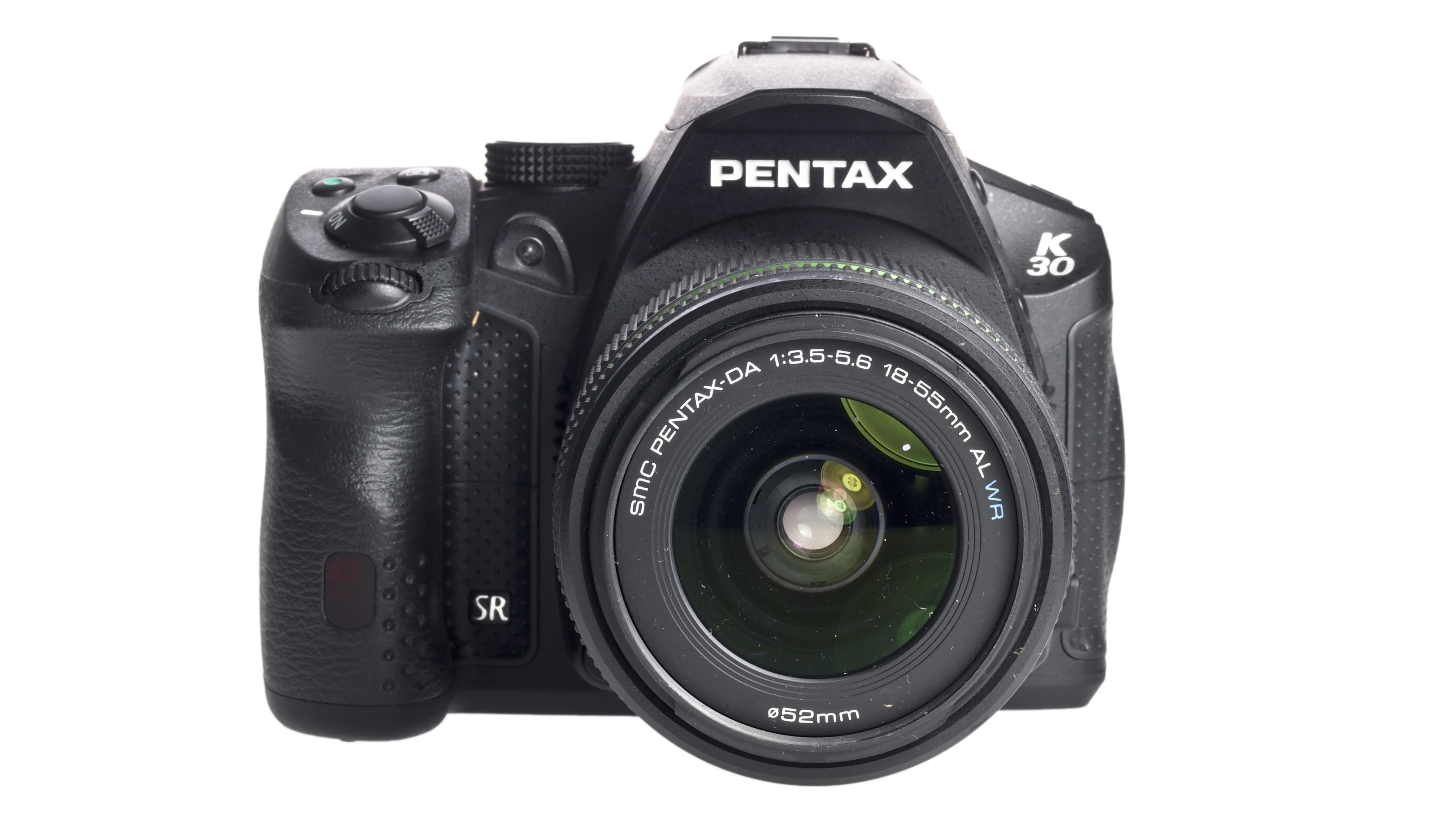Why you can trust TechRadar
It may not be perfect, but there's plenty to like about the Pentax K-30. For a start its 16Mp sensor is capable of recording an impressive level of detail, especially if you record raw files – which helpfully are in DNG format. There's also lots of room to experiment and try different options to create more interesting images.
Those on the move and without access to mains electricity to charge the supplied Li-ion battery will also appreciate the dual-form battery compartment that can accommodate four AA batteries with the optional D-BH109 holder (£29).
We liked
The durable body is comfortable to hold and is capable of surviving exposure to heavy rain. Of course this would be pointless if the image quality wasn't up to standard, but the K-30 produces superb images with lots of detail and good colours.
We disliked
In less than perfect light with the 18-55mm kit lens mounted the autofocus system often needs to make several attempts at getting the subject sharp. It's also annoying having to switch off raw file recording to use the digital filter effects.
Final Verdict
The fact that the body is weather-proofed is a huge bonus as one of the main reasons why cameras area sent for repair is water damage. Of course to get the full benefit of the K-30's weatherproofing it needs to be matched with one of Pentax's WR (Weather Resistant) lenses.
Given the 'outdoors' credentials of the K-30 the smc DA 18-135mm f/3.5-5.6 ED AL [IF] DC WR is a better pairing than the 18-55mm lens, giving greater flexibility, reducing the need to change lens in hostile environments and offering much better autofocus performance. If you're buying a kit rather than the camera body only, we'd recommend the 18-135mm version, but at £250 ($300) more that means a serious hike in the price.
While the self-levelling sensor is a great idea (and one we have seen before in Pentax SLRs), it really needs to work beyond 1degree to be useful. As it stands it's better to use the electronic level in most situations.
Sign up for breaking news, reviews, opinion, top tech deals, and more.
The digital filters are lots of fun, but when you want to get serious about image quality the results from the raw files taken at ISO 100 and 200 are hard to beat.
